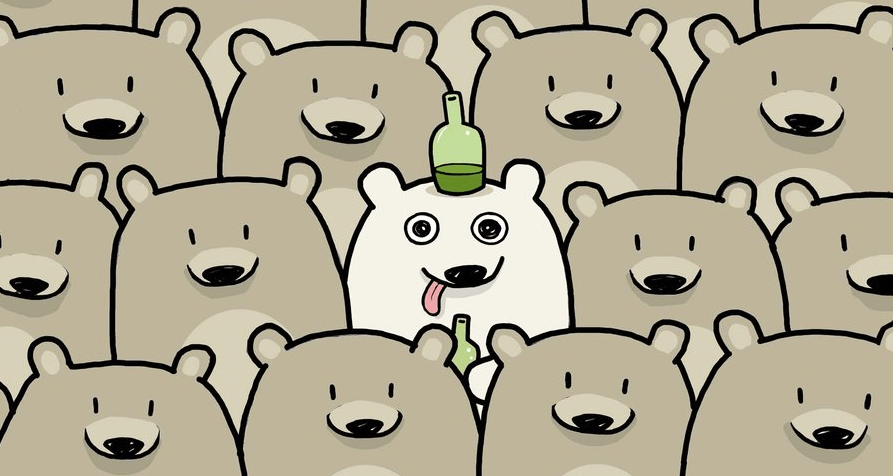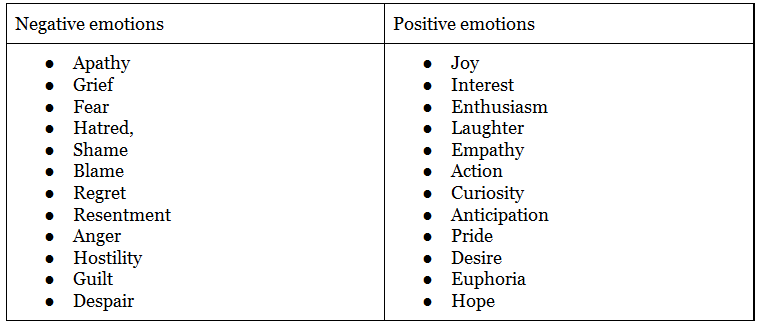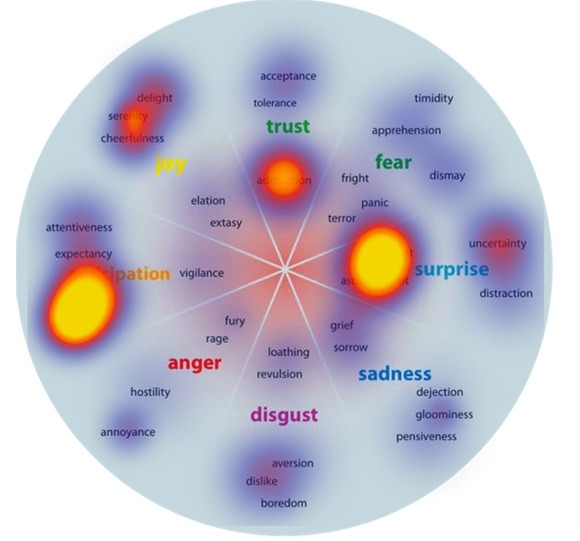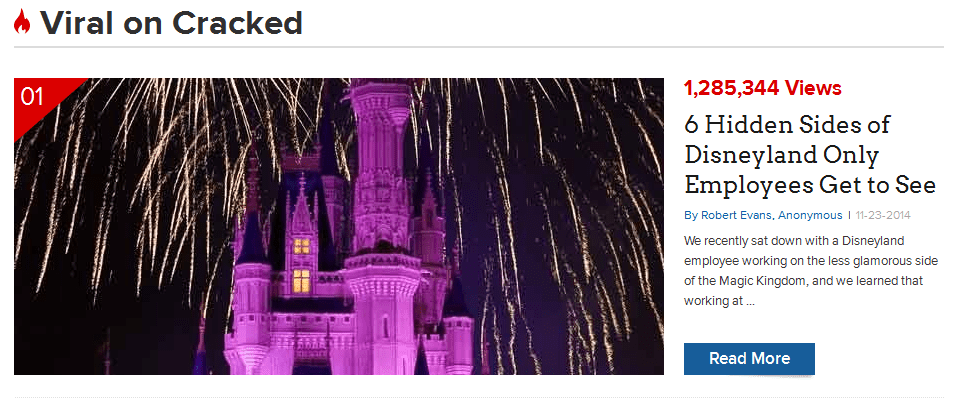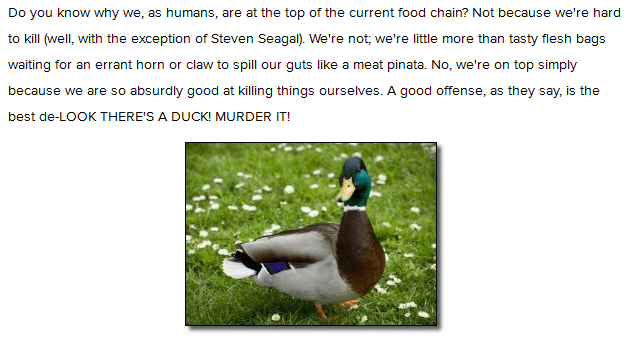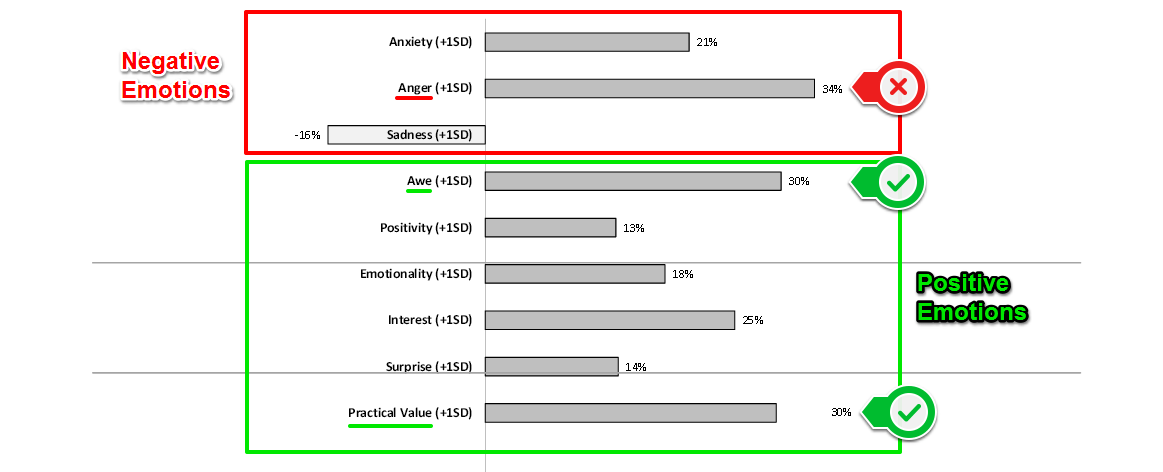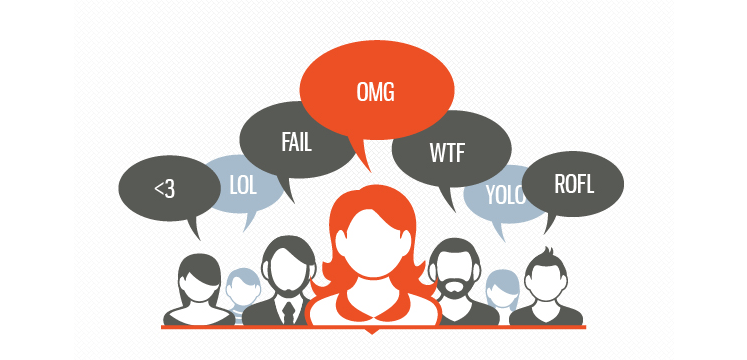An overlooked yet important part of making brilliant web content is the deliberate use of positive emotion. Many of us might already be implementing positive and/or negative emotions in our content’s tone albeit unconsciously. Accomplished marketers have a natural or practiced disposition towards positive emotion and this reflects in their work.
In this blog, I’ll discuss the what and why of positive emotion, how it affects content sharing and how you can increase consumption by injecting it into your content, as a result of practice and not just natural habit.
Get in the habit of exciting every single visitor. Image Source: Sebreg @Deviantart.com
Introduction
The concept of positive psychology was first invented and published by Abraham Maslow in his book Motivation and Psychology (1954). The subsequent criticism of Maslow’s theory is what laid the foundation for positive and negative emotions as a sub field which needed further digging. However, it was not until 1998 when Martin Seligman put forward his research, that the topic received spotlight again. He urged psychologists to look at positive psychology as not something to rectify ‘what has gone wrong’ (mental illness), but as a methodology which could be implemented towards – ‘what can go right’ (mental stimulus).
Here, what concerns us marketers are the positive and negative emotions; those that remained unchanged throughout time with respect to people, cultures and location. Broadly classified they are –
(Here’s a longer list)
So the question that comes is which emotion should be pushed into content to encourage more page-views and shares.
Positive vs Negative?
Negative content, used independently, does persuade people to take action but the action stems from a psychological fight or flight response. It limits a user’s actions to only ‘do it and win or don’t do it and suffer’, thereby discouraging independent thought. This is one of the primary reasons why viral campaigns eliciting negative emotions achieve views and shares but end up leaving the users unsettled.
Negative emotions should not be confused with negative marketing which is a marketing strategy that can work great if applied correctly.
How we look at our competition.
Positive emotion on the other hand increases interest because it relies on generating anticipation and happiness. In their post on the the Harvard Business Review blog , Kelsey Libert and Kristin Tynski of Frac.tl explain that –
“Certain specific emotions were extremely common in highly viral content, while others were extremely uncommon. Emotions that fit into the surprise and anticipation segments of Plutchik’s wheel were overwhelmingly represented. Specifically:
- Curiosity
- Amazement
- Interest
- Astonishment
- Uncertainty
The emotion of admiration was very commonly found in highly shared content, an unexpected result.”
Below is the heatmap from their research which shows the most common feelings generated by viral content. Suffice it to say that if you want to see a substantial increase in your content sharing then one of the ways to do it is the application of positive psychology.
3 Awesome Modern Examples on the Right Use of Positive Emotion in Content.
Example 1: Cracked.com
The slogan of Cracked.com reads “America’s Only Humor Site Since 1958”. From 1 billion page views in 2010 to 30o,00o,000 page views per month in 2012, the website has seen a staggering growth that has eclipsed its competition.
What Cracked does brilliantly is to provide high-value informative articles, that have been rigorously researched, with a strong punch of humor. They have used “funny” as the benchmark to evoke positive emotion while delivering relevant content to their users which ranges from scientific to the fantastical.
With headlines like these,
and content like this.
Humor changes the dull to the inspiring, the boring to the exciting. Cracked Editor David Wong wrote an obituary for Robin Williams. It is a milestone in its own right because even though the news was tragic, the way it was presented and the actor’s life recounted, was inspiring.
Example 2: ALS Ice Bucket Challenge
The ALS Association has amassed more than $100 million in donation so far through its Ice Bucket Challenge by getting a large number of well-known celebrities and athletes to endorse it. Do you think it would have made such an impact if it had been the “ALS Drown in the Ice Sea Challenge”?
What does a typical Ice Bucket Challenge video show?
(Here’s the actor Benedict Cumberbatch doing it.)
This is just an image! Click here for the video
- It shows them joyously braving the ice
- It shows them happily commit to a selfless act
- It shows them being euphoric and enjoying themselves
- And it’s funny which makes the viewers giggle
- The “nominations” make it exciting and a valid reason to share
The above five points are how anyone would describe the majority of the ice challenges and why it went viral. Because it is for a good cause and because it touched the right chords psychologically. Here’s Forbes contributor Rick Smith’s take on the success of the ALS Ice bucket Challenge.
The positive sentiment, the excitement and the challenge rubbed off on the mass audience. And to think of it, it just started as one man nominating himself.
Note: If you want to donate for the ALS Association then click here.
Example 3: Damninteresting.com
So what makes damninteresting.com so damn interesting? Like Cracked.com, damninteresting consistently put up very well researched articles. However, the articles are mostly about a single issue, an idea, a journey, an ode or a realization.
The posts are not humorous but they are deep with philosophical significance which in itself make them damn interesting. Their positive emotion stems from the psychological need of seeing and being motivated and awed with achievements.
I’ll let their ‘Greatest Hits‘ page speak for itself.
Ways to Infuse Positive Sentiment into Your Content to Increase Consumption
Gawker’s Neetzan Zimmerman, through his experience and scientists through research, have separately come to the same result that positive emotion almost always trumps negative emotion. Below is a graph (Pg. 37) borrowed from the Journal of Market Research’s whitepaper which seeks to find the relation between emotion and virality and whether positive emotions score better than negative emotions.
What the research team concluded was –
“…Looked at another way, when both the percentage of positive and negative words in an article are included as separate predictors (instead of emotionality and valence), both are positively associated with making the most emailed list. However, the coefficient on positive words is considerably larger than that on negative words. This indicates that while more positive or more negative content is more viral than content that does not evoke emotion, positive content is more viral than negative content.”
In simple words, the table shows that negative emotions have an impact (“Anger” – 34%). But positive emotions have the right impact (“Awe” – 30%).
So, Here are 4 Tested Techniques to go Over –
-
-
- Use of context – Remember the proverb that a glass is half full and not half empty? That is the exact and the most wholesome way I can sum up the use of context. It’s called the framing effect.
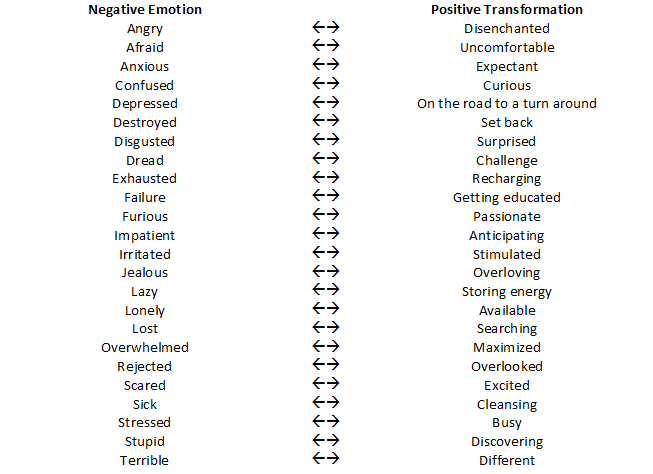
- Use of context – Remember the proverb that a glass is half full and not half empty? That is the exact and the most wholesome way I can sum up the use of context. It’s called the framing effect.
-
Negative words framed as Positive words. Image Source: MisterPMA.com
-
-
-
- Broaden and build theory of positive emotions – It basically states that over time, steady encouragement of positive emotions facilitate a user’s thought-action process which promotes well-being and happiness.
- Content type – There are various content types that you can use to build your user base and to give them a reason to share. The best types include – success stories, inspirational stories, practical-value centered, humor, how-to type list based content and finally, humor. Here’s another useful list compiled by Neil Patel from QuickSprout.
-
-
Conclusion, Plain and Simple –
For sustainable long term content sharing success, you’re better off having your visitors smiling and excited. Use positive emotion to fuel user engagement.
In the spirit of what’s been said, here’s a cat that can jump really high, a joke about an old man in the rain and a comic strip about why Batman doesn’t smile.
Image Source: Bufferapp.com
[Feel free to comment your thoughts below because doing that paves the way for a constructive discussion.]

Shubham is a digital marketer with rich experience working in the advertisement technology industry. He has vast experience in the programmatic industry, driving business strategy and scaling functions including but not limited to growth and marketing, Operations, process optimization, and Sales.
